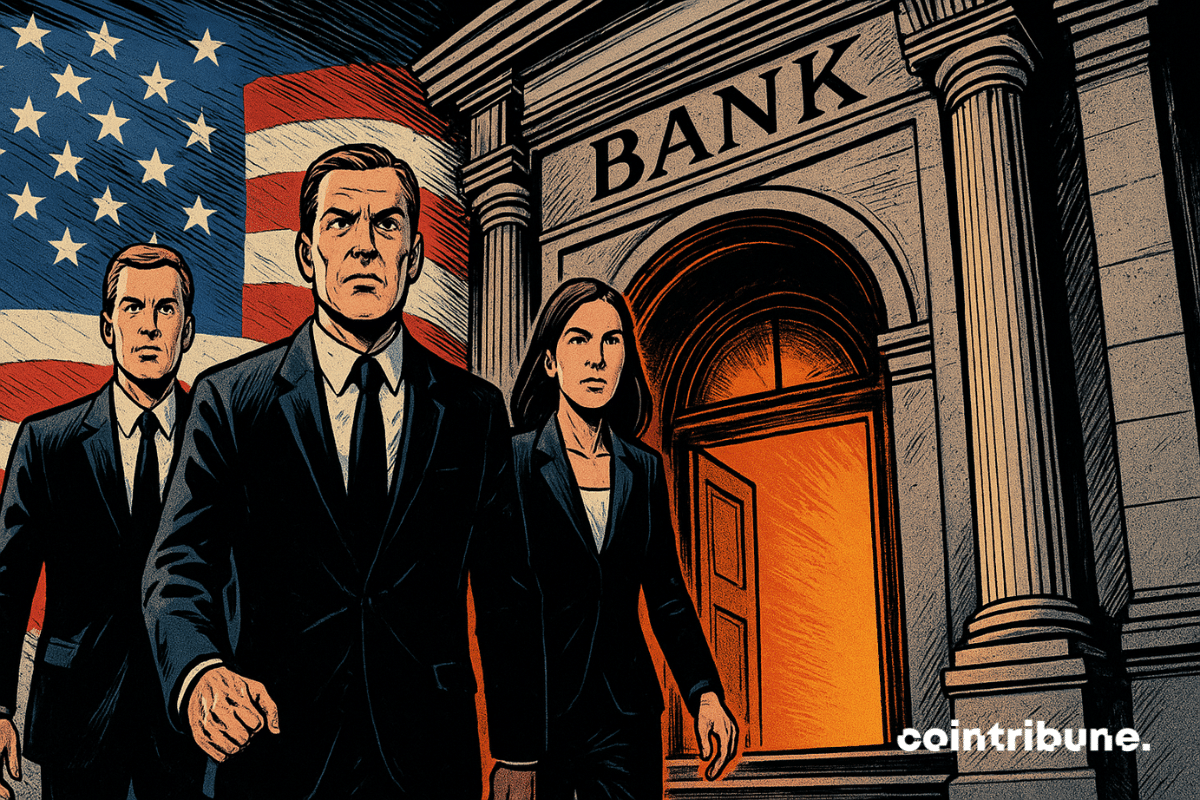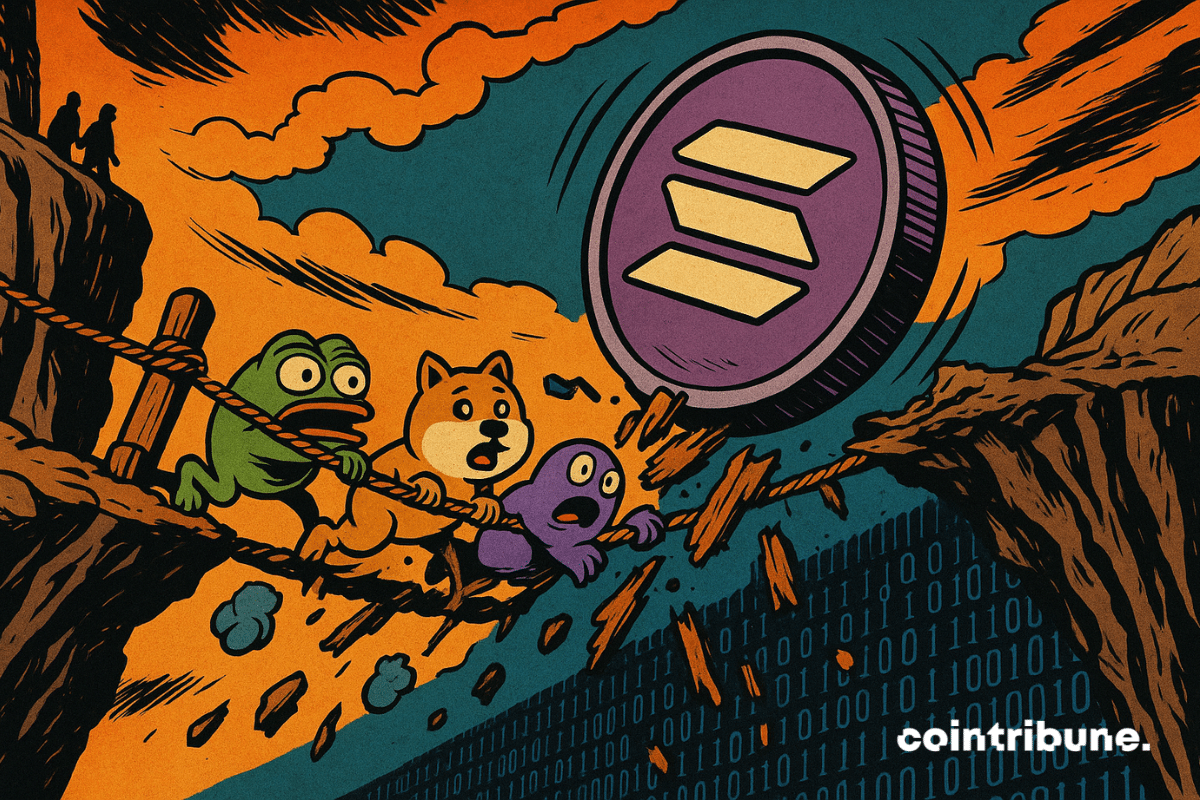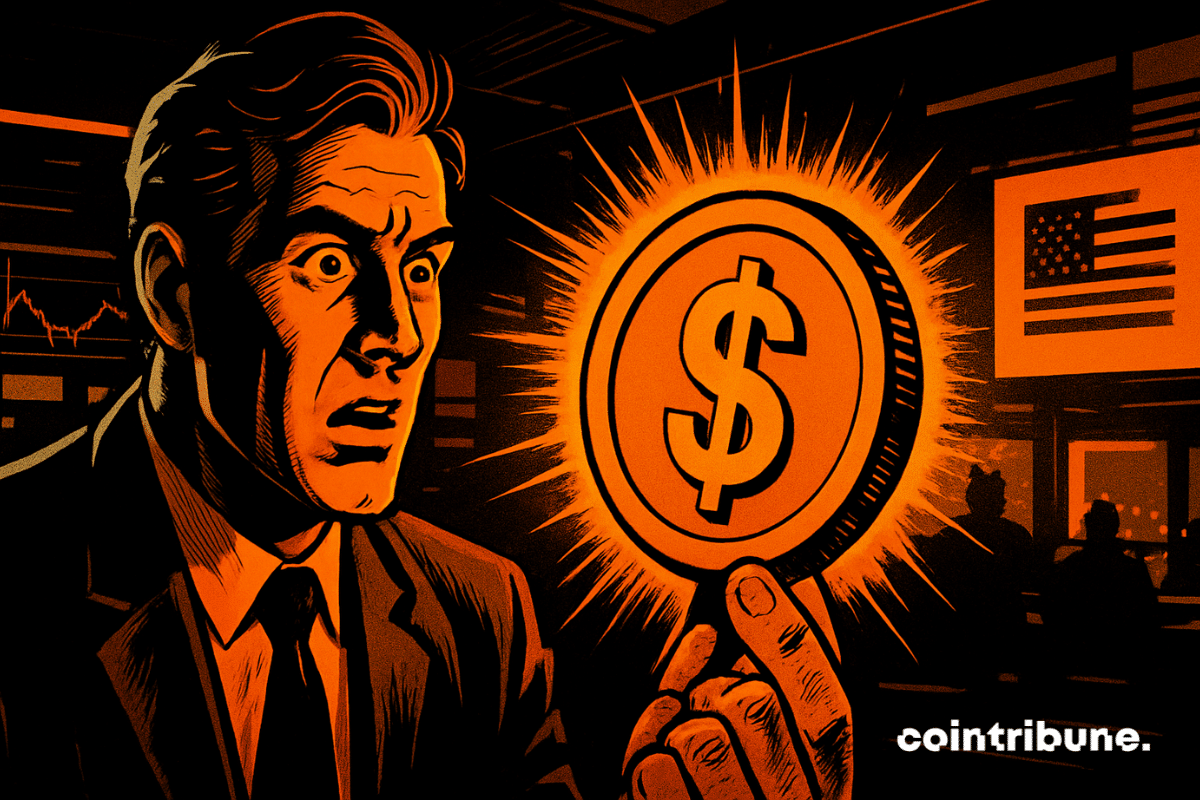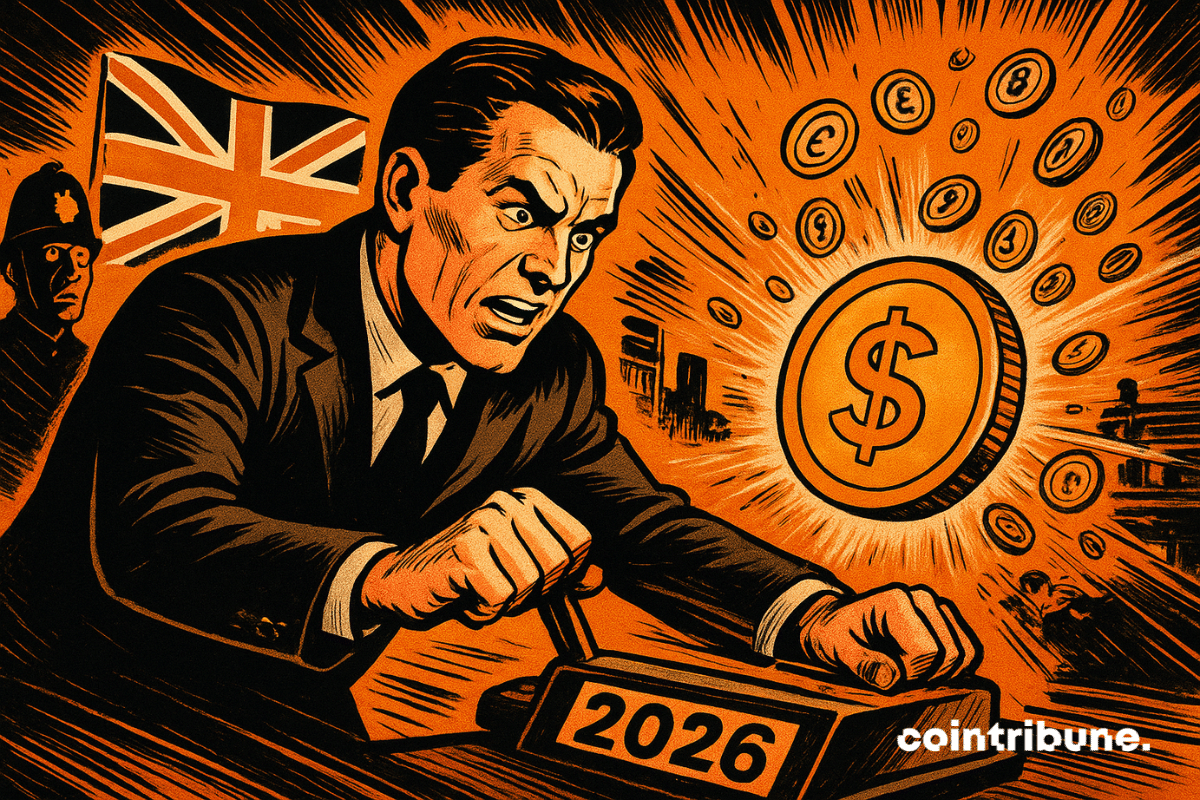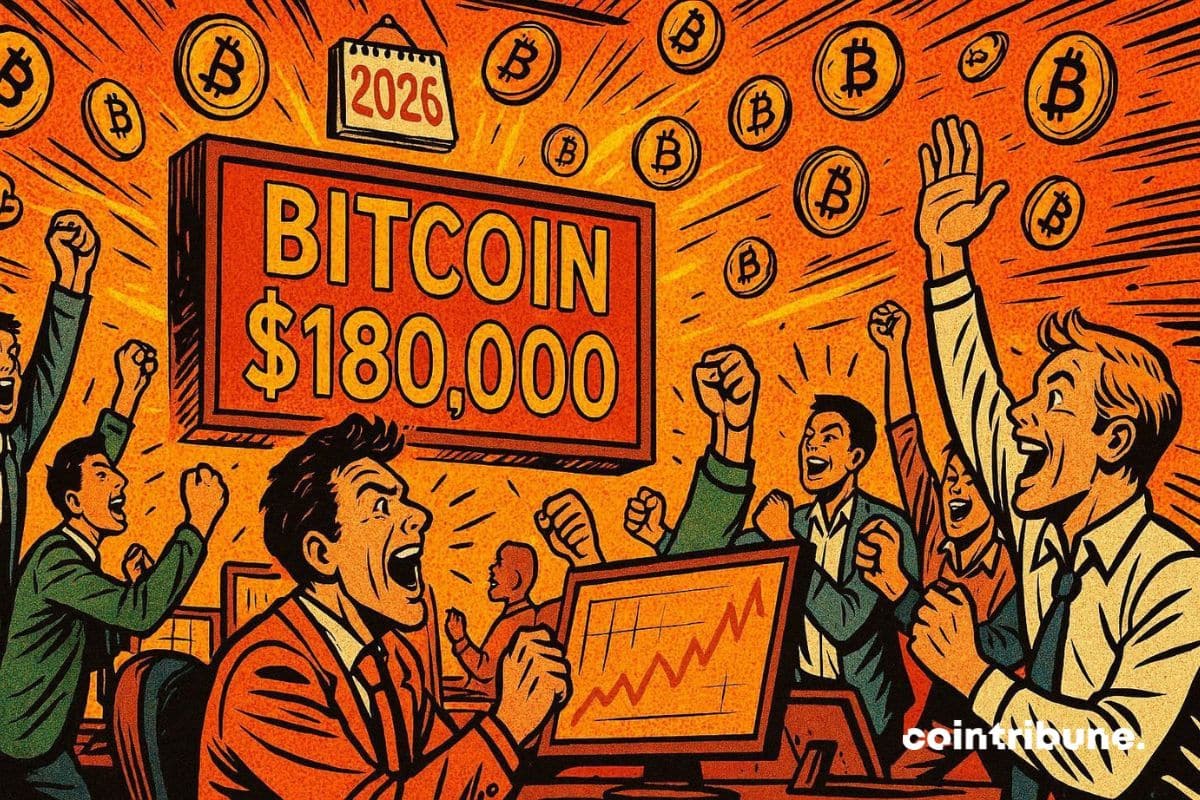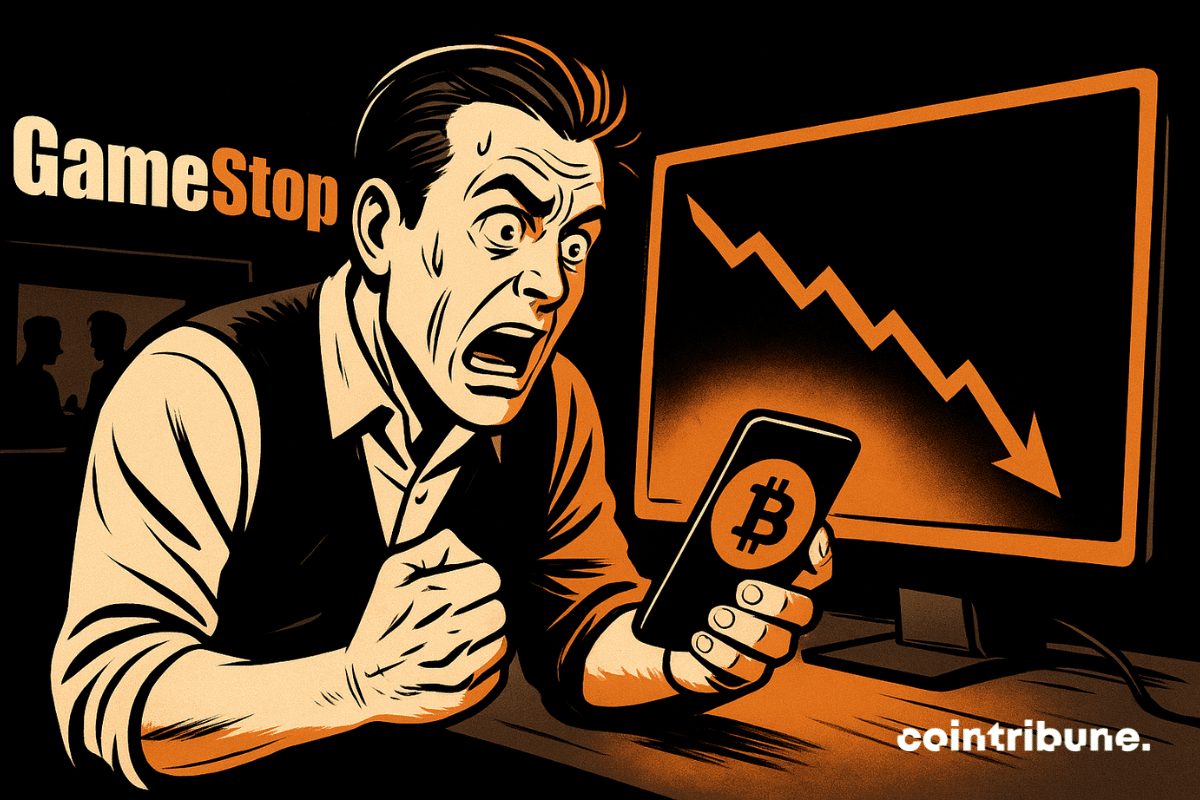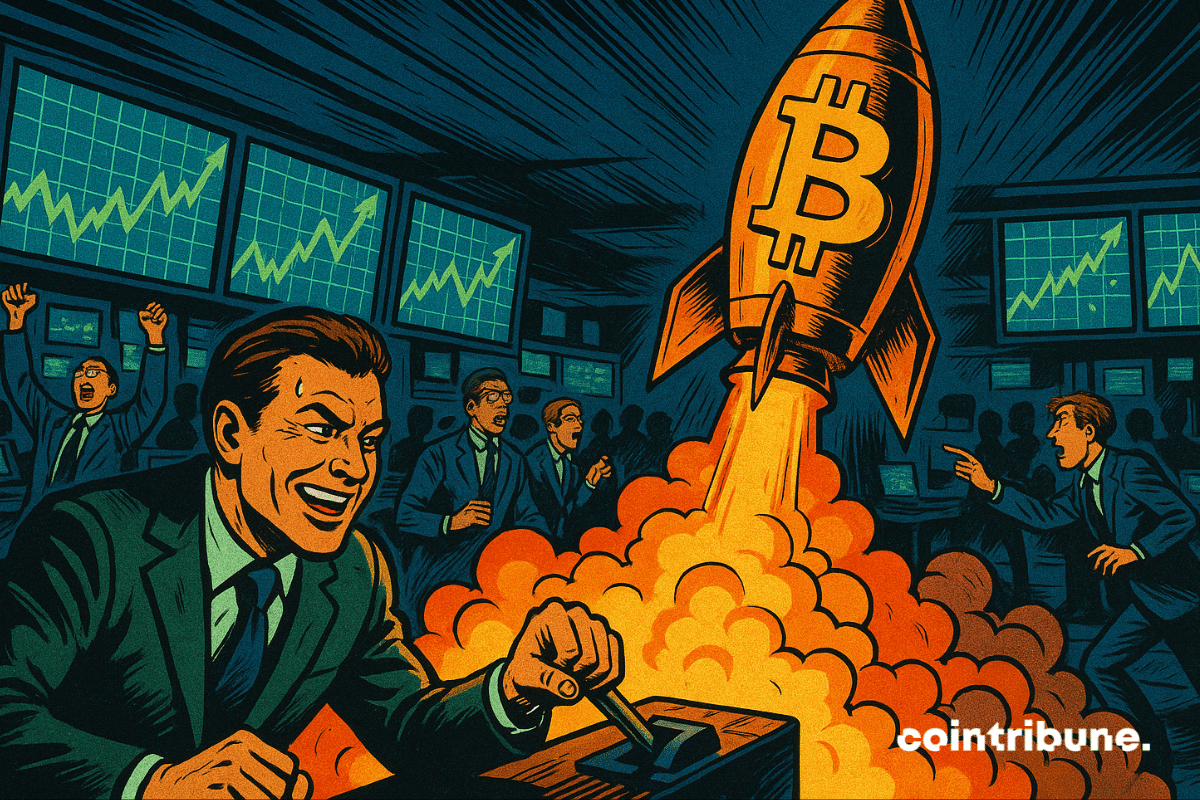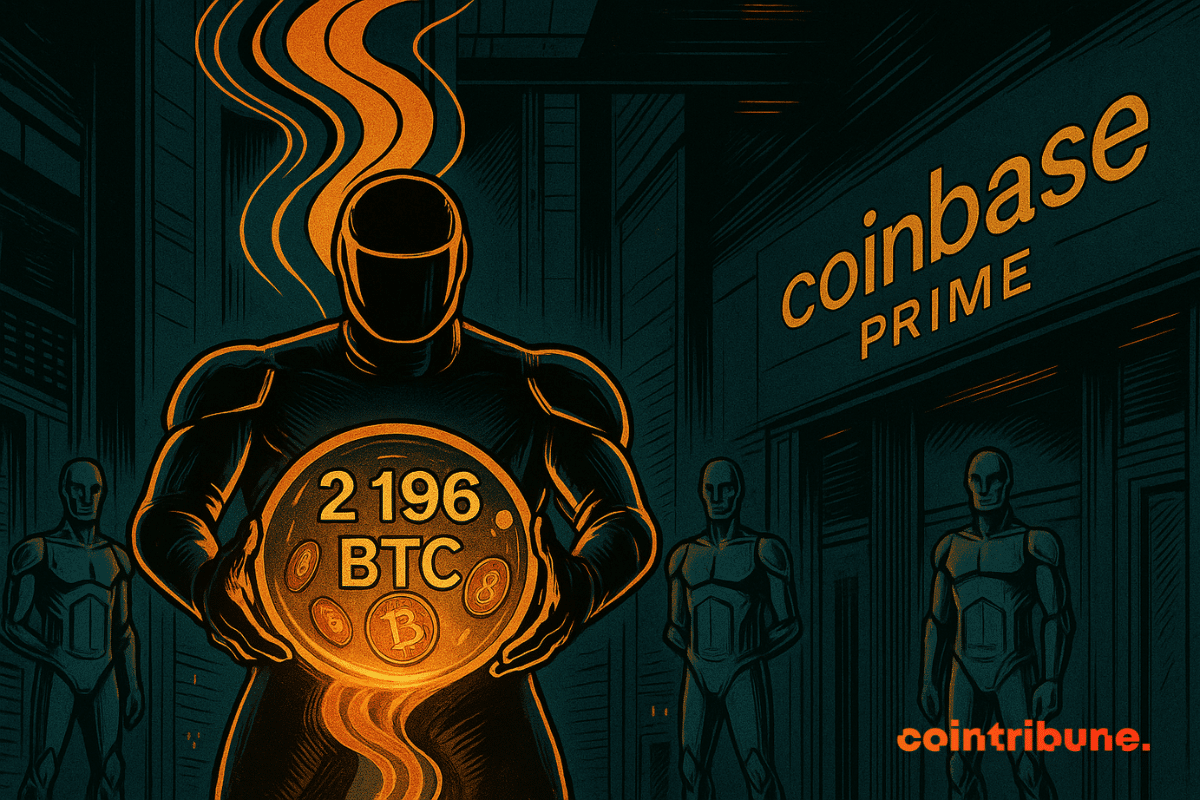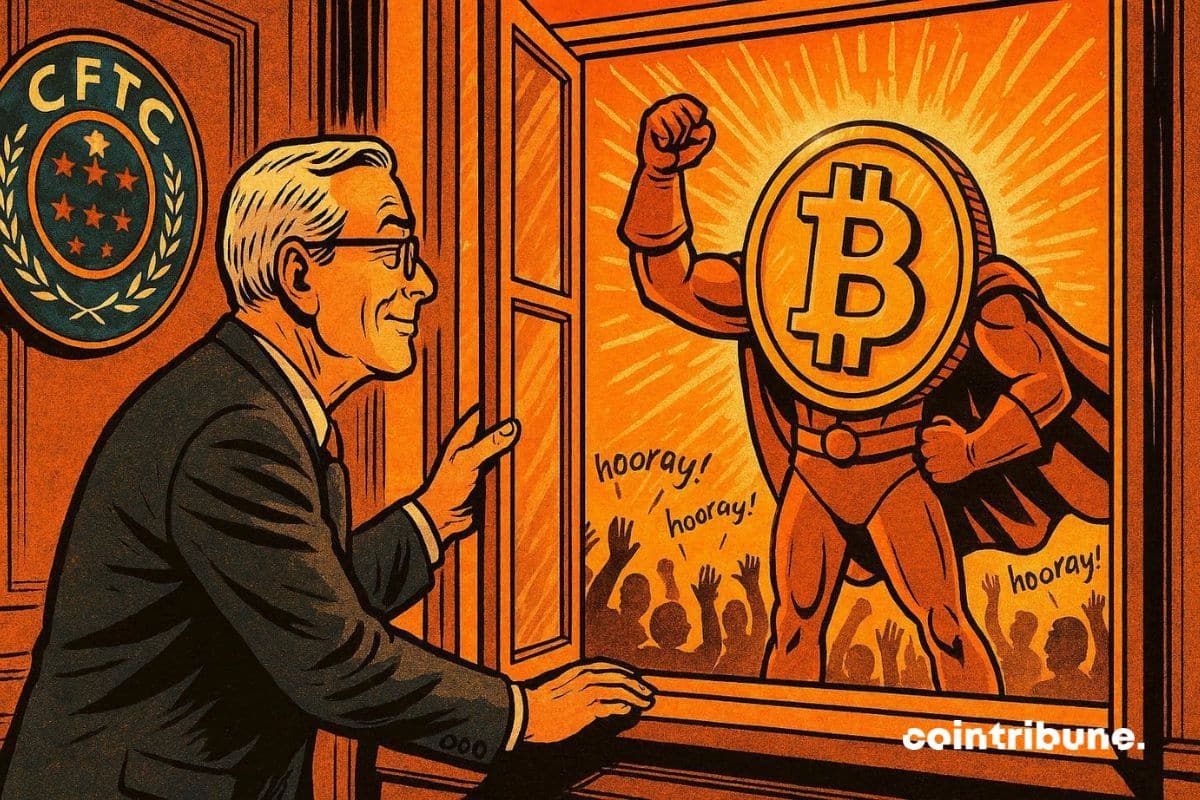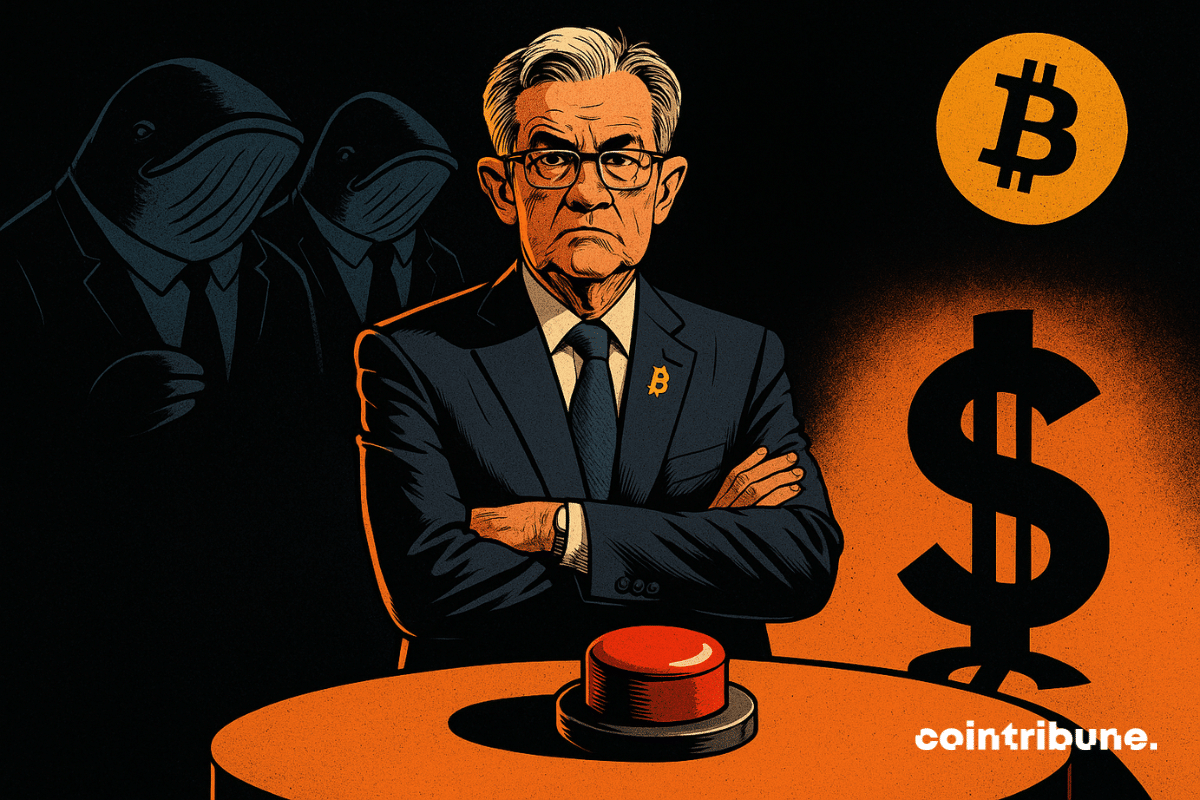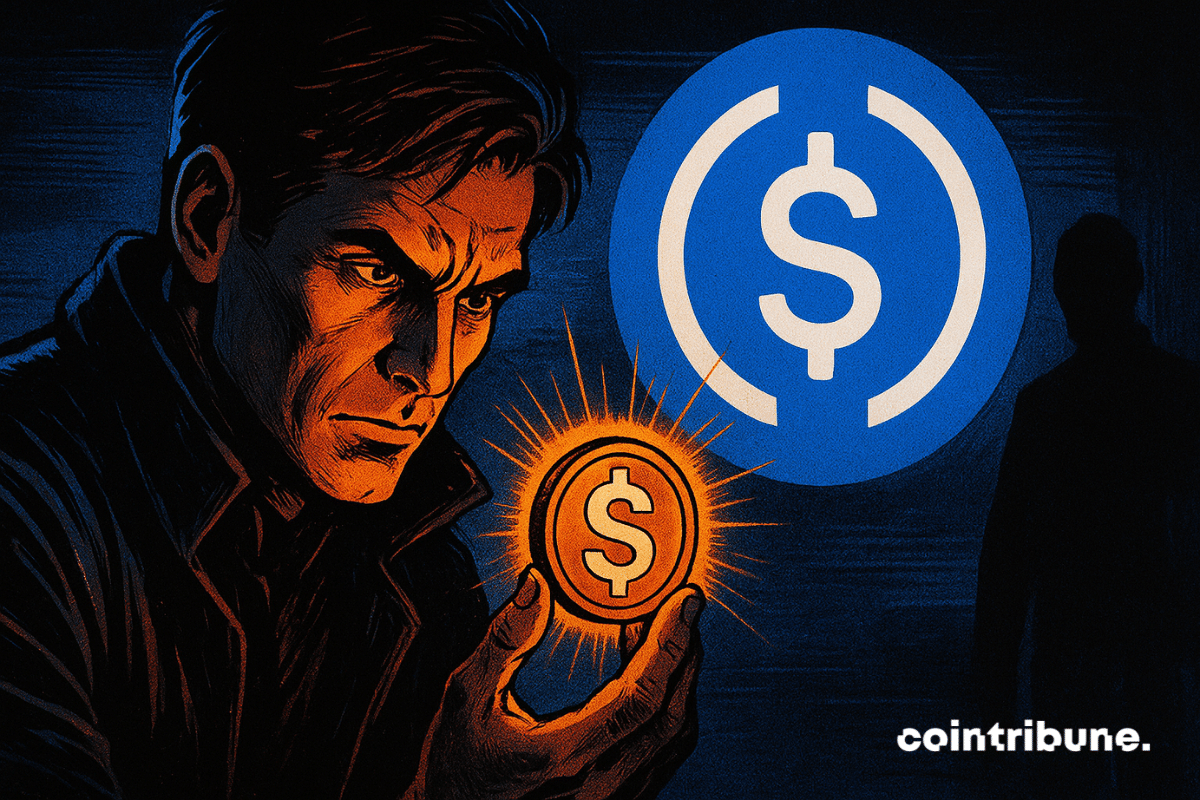As the Bitcoin network crosses the zetahash threshold, the profitability of mining companies collapses. The hash price has fallen below 40 dollars per PH/s/day, a critical level that threatens the viability of many players. Faced with this paradox, companies in the sector are redirecting their strategies towards renewable energies. However, behind the ecological argument, it is an economic survival logic that dominates, revealing a profound transformation of the mining energy model.
Crypto News
The Office of the Comptroller of the Currency has just opened a historic door for five major players in the crypto sector. Ripple, Circle, Paxos, BitGo, and Fidelity Digital Assets have received conditional approval to operate as national trust banks. A breakthrough that reshapes the contours of American finance.
Solana falters. Long presented as one of Ethereum’s most serious competitors, the blockchain today faces a significant decline in its fundamentals: liquidity drop, user disengagement, innovation slowdown. After months of euphoria, the ecosystem shows clear signs of slowdown.
Ethereum is stagnating: whales are accumulating, ETFs are flowing, but the breakout is on strike… Behind the scenes, there is movement, but the chart breakout still boycotts the party.
Hollywood director Carl Rinsch defrauded Netflix of $11 million, spending on crypto and luxury items. He now faces multiple charges and a potential long prison term.
Juventus, a legend of Italian football, could soon change hands for 1.1 billion euros. Behind this crazy offer? Tether, the cryptocurrency giant. A revolution is brewing between sports passion and crypto ambition. Who will emerge victorious from this historic duel between tradition and innovation?
While macroeconomic uncertainties weigh on this year’s end, every move of the Federal Reserve is closely watched. Last Wednesday, the Fed cut its rates for the third consecutive time, causing an immediate reaction in the crypto market. Bitcoin jumped beyond 93,000 dollars, driven by a renewed appetite for risk. This unexpected rebound, against the backdrop of looser monetary policy, raises as many expectations as doubts.
The world's largest crypto exchange platform strengthens its ties with the Trump family. Binance has massively integrated USD1, the stablecoin from World Liberty Financial, into its infrastructure. A rapprochement that comes just weeks after the presidential pardon granted to its founder.
YouTube has just disrupted the economy of its users: payments in PYUSD, PayPal's stablecoin, arrive for American creators. No more banking delays, welcome speed and flexibility. A crypto revolution that could well extend to all.
Memecoins are dead, long live memecoins? While the entire market is burying them, some see... a nap. The crypto circus may not have said its last word.
Sei is making crypto easily accessible by embedding its wallet and payment features directly into Xiaomi smartphones.
The UK is moving quickly to strengthen its position in digital finance as part of its 2026 growth plan. Pound-pegged stablecoins are now the central play in a regulatory push to keep the country competitive as Europe develops new rules. Clear timelines, new testing routes, and pressure from nearby markets are pushing the region toward a more structured stablecoin system.
Wall Street vibrates for a ghost! Satoshi Nakamoto appears at the NYSE… with a statue. From code to statues, bitcoin claims its place in the temple of capitalism.
JPMorgan, one of the largest American banks, has just completed a historic transaction: a 50 million dollar commercial paper fully managed on the Solana blockchain. Galaxy Digital, Coinbase, and Franklin Templeton participated in this pioneering operation settled in USDC.
While the entire crypto market is showing signs of stabilization at the end of the year, XRP sends an atypical and potentially worrying signal. Its funding rate on perpetual contracts plunged to -20%, a threshold rarely reached even during high volatility periods. This configuration reflects a marked imbalance: short positions dominate while bulls seem to be withdrawing from the game. In a market so sensitive to liquidity and sentiment signals, this anomaly deserves special attention.
The $100,000 threshold for bitcoin fascinates as much as it divides. A symbol of global adoption and a completed bull cycle, it remains, approaching the end of the year, a goal that is moving away. On predictive markets, conviction is eroding: bettors no longer believe in it. Between uncertain monetary policy and the exhaustion of bullish flows, the momentum seems suspended. The dominant scenario is no longer the explosion, but waiting. And in this in-between, bitcoin plays a more strategic than euphoric game.
Bitcoin could explode in 2026, according to traders. After the Fed rate cuts, bets focus on ambitious targets: $130,000, even $180,000. Why do experts ignore the "Santa rally" to bet on next year?
Crypto markets have started coughing again. No spectacular crash this time, but a slow loss of breath: crypto trading volumes are declining, prices are correcting, and even spot bitcoin ETFs are turning red. For JPMorgan, the picture is clear: the appetite for risk is fading, and the market stalls just as it was supposed to confirm its strong comeback.
Bitcoin pauses in the balance sheets, but some actors buy more than ever. Here are the numbers worrying analysts.
GameStop is going through a turbulent period after betting heavily on Bitcoin. The video game retailer sees its cryptocurrency holdings shrink by 9.2 million dollars in three months, causing its stock to fall by more than 5%. Faced with this setback, the company is now considering liquidating part of its digital assets.
Recent trends show large holders holding back and fewer coins hitting exchanges, easing market pressure and pointing to a calmer Bitcoin market in the near term.
American banking giants are now playing the bitcoin card. Michael Saylor lifts the veil on a massive and silent adoption: eight of the ten largest banks offer loans secured in BTC. Figures, players, and stakes of a revolution that is disrupting finance.
BlackRock transfers 2,196 BTC to Coinbase Prime. A decision that could shake the Bitcoin market. Details here!
SpaceX has just transferred 94 million dollars in bitcoin, according to on-chain data analyzed by Arkham Intelligence. These movements are part of a series of regular transfers observed over the past two months, after several years of inactivity. They occur as information points to a possible IPO of the company in 2026, with a valuation that could reach 1.5 trillion dollars. This coincidence raises questions about SpaceX's financial strategy and the role bitcoin could play in it.
Crypto is shaking up the rules of the financial game. With a bold decision, the CFTC opens a breach that could change everything. Is traditional finance in danger? Who will come out victorious in this battle? Discover an exclusive analysis of the issues and prospects.
The US teachers union warns the crypto market structure bill could put pensions at risk by weakening safeguards and failing to tackle fraud.
Bitcoin is playing roller coasters: Powell sneezes, whales wave their fins, and traders shout "to the moon"... or crash. The economy, meanwhile, is tense.
While Wall Street digests its ETFs, Paul Atkins unwraps an unexpected gift: crypto becomes emancipated, ICOs resurrect. A cooler SEC than ever?
Shiba Inu is moving through a quiet but steady phase as the broader crypto market works toward a gradual recovery. Price action stays compressed between $0.0000085 and $0.000009, creating a stable zone while traders wait for a clearer shift in sentiment. Even with the calm movement on charts, several ecosystem updates show the project continues to focus on long-term progress.
Circle, the issuer of the famous USDC, takes a decisive step by developing USDCx, a stablecoin designed to offer banking privacy to companies and institutions. Developed in partnership with Aleo, this project answers a growing demand: how to benefit from blockchain without exposing transactions to the public?

